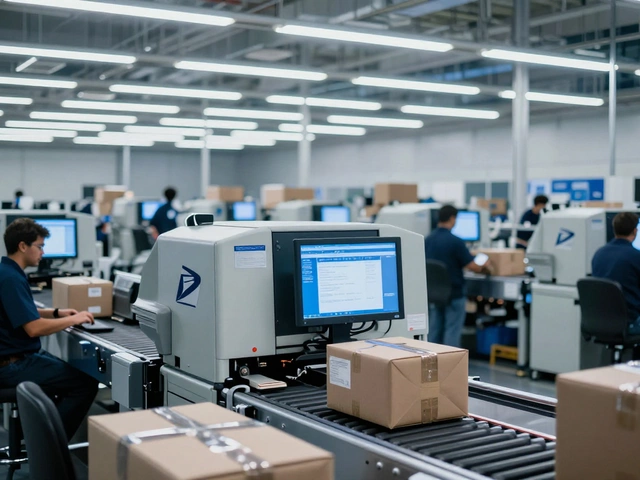Uptime in Logistics: How Reliable Are Your Couriers?
When you ship a package, you want it to arrive on time, every time. In the logistics world, that promise is called uptime. It’s the percentage of deliveries that reach their destination without delay or error. High uptime means fewer angry customers, smoother operations, and lower costs.
What uptime really means for a courier
Uptime isn’t just a fancy metric. It’s the day‑to‑day reality of whether a carrier can stick to its schedule. A courier with 99% uptime delivers 99 out of 100 parcels on time. The missing 1% can translate into missed deadlines, extra handling fees, or a tarnished reputation.
Most carriers publish their own uptime stats, but you often have to dig deeper. Look for on‑time delivery percentages, missed‑delivery reports, and customer complaints. Compare these numbers across carriers to see who consistently hits the mark.
Tips to boost your shipping uptime
1. Choose carriers with proven track records. A carrier that dominates the market, like UPS or FedEx, usually has robust infrastructure and backup plans. Smaller couriers can be great for niche routes, but double‑check their uptime history.
2. Plan for peak times. Holidays, sales events, and weather spikes strain networks. Book shipments early, use guaranteed‑delivery services, and avoid last‑minute rushes.
3. Use technology. Real‑time tracking, automated alerts, and predictive analytics spot delays before they happen. Integrate your order system with the carrier’s API to get instant updates.
4. Pack right the first time. Incorrect labeling or oversized parcels often cause re‑routing and delays. Follow carrier guidelines for size, weight, and documentation.
5. Build a backup plan. Keep a secondary carrier on standby for critical shipments. If your primary courier hits a snag, you can switch without missing the deadline.
6. Monitor performance. Set up a simple dashboard that tracks on‑time percentages, missed deliveries, and reasons for delays. Review the data weekly and discuss it with your logistics team.
7. Communicate with customers. If a delay is unavoidable, let the buyer know early. Transparency reduces frustration and often saves the sale.
Remember, uptime isn’t a one‑time check. It’s an ongoing process that requires data, communication, and a willingness to tweak your approach.
By focusing on carriers with high uptime, planning for busy periods, and leveraging technology, you can keep your delivery reliability up and your customers happy. The next time you weigh a shipping option, ask yourself: ‘What’s the real uptime here, and how will it affect my business?’ That simple question can save you time, money, and headaches down the road.
May 28, 2025
Evelyn Wescott
0 Comments
Ever wondered what the tier ratings for data centers really mean? This article breaks down Tier 1 to Tier 4 data centers in simple language, showing how each tier offers different levels of security, reliability, and protection for your data. You'll learn how these standards impact real-world warehouse solutions, what investment makes sense for your needs, and some neat tips for choosing the right setup. This is your clear guide to making sense of all that confusing data center jargon.




